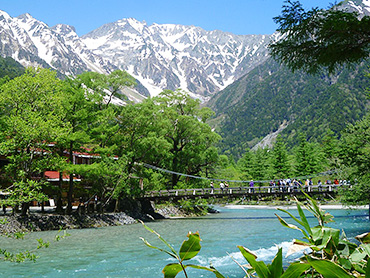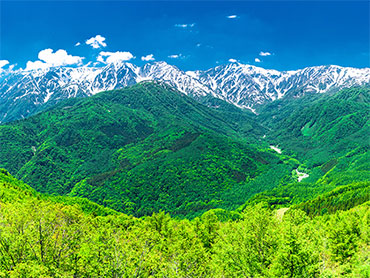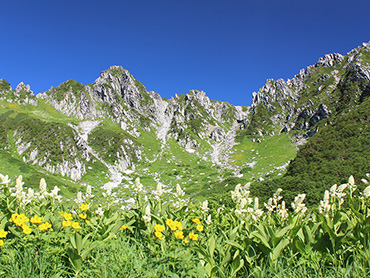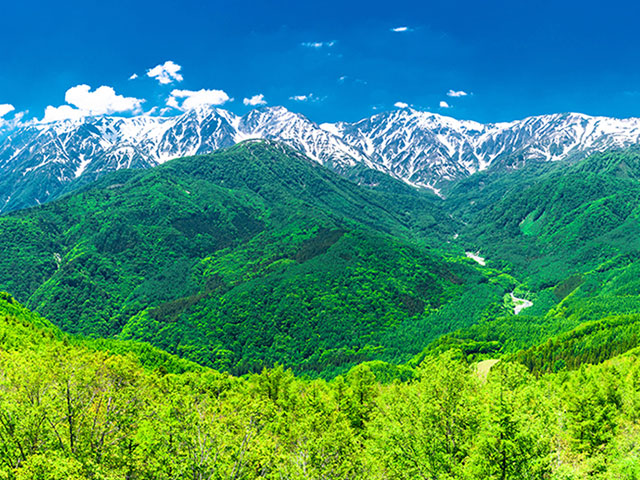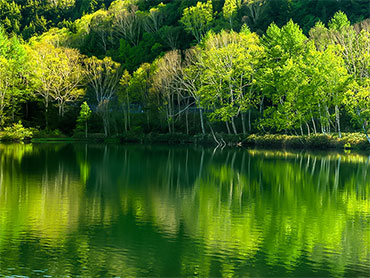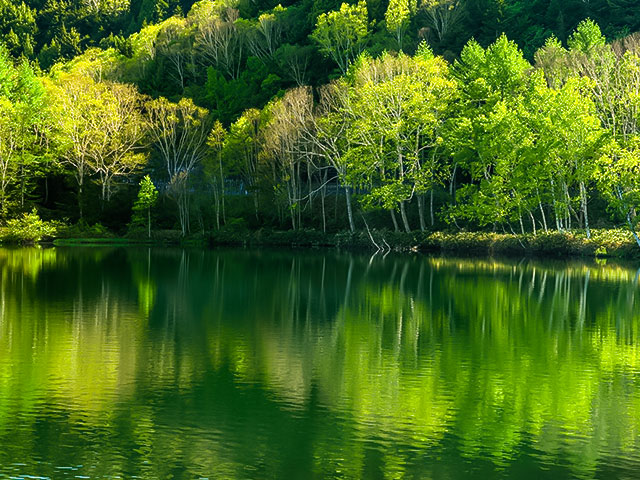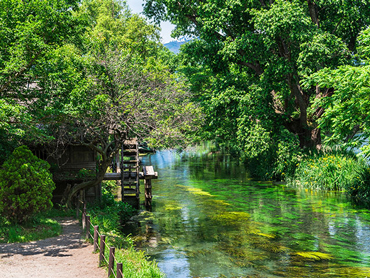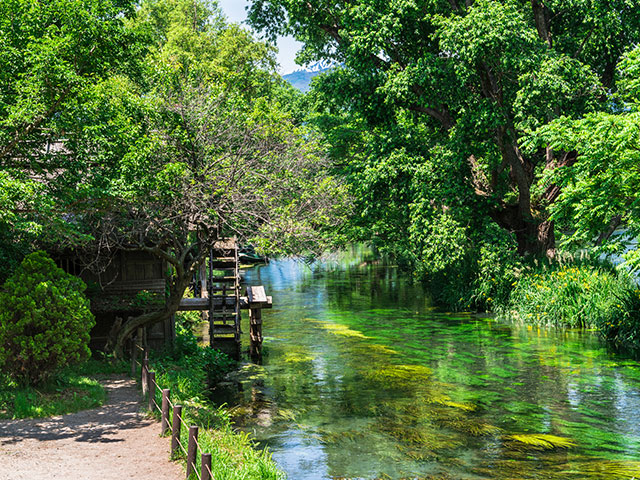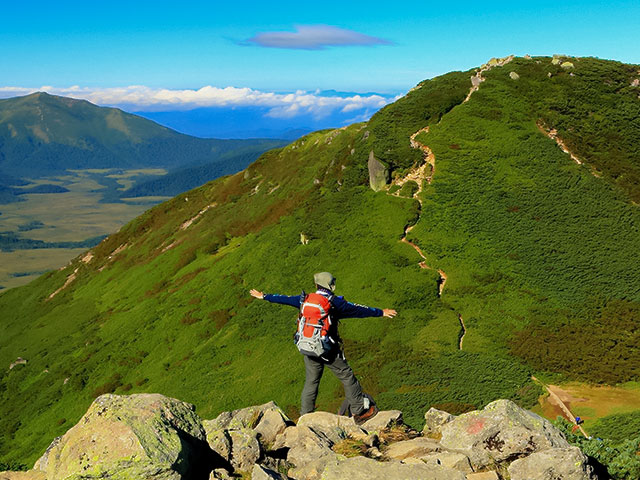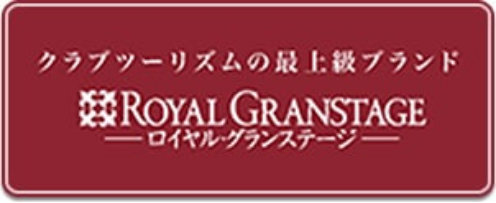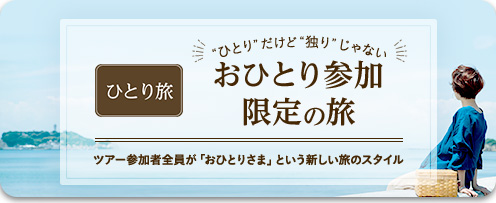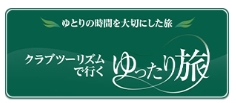[From Tohoku] Nagano trip/Nagano tour
![[From Tohoku] Nagano trip/Nagano tour](/ct/japan/todoufuken/kanto/pc-naganoi.jpg)
![[From Tohoku] Nagano trip/Nagano tour](/ct/japan/todoufuken/kanto/sp-naganoi.jpg)
Search by recommended spots

Kamikochi

河童橋(イメージ)
標高約1,500mにある日本有数の山岳リゾート。残雪の北アルプスや新緑・紅葉など四季折々の景色をお楽しみいただけます。
Search by conditions
Popular Nagano tour rankings departing from Tohoku
Search by popular destinations and themes
Search by date and destination
Click on the date on the calendar
*Clicking a date on the calendar will change its color and select it.
To select a specific period, click the first and last dates.
transportation



